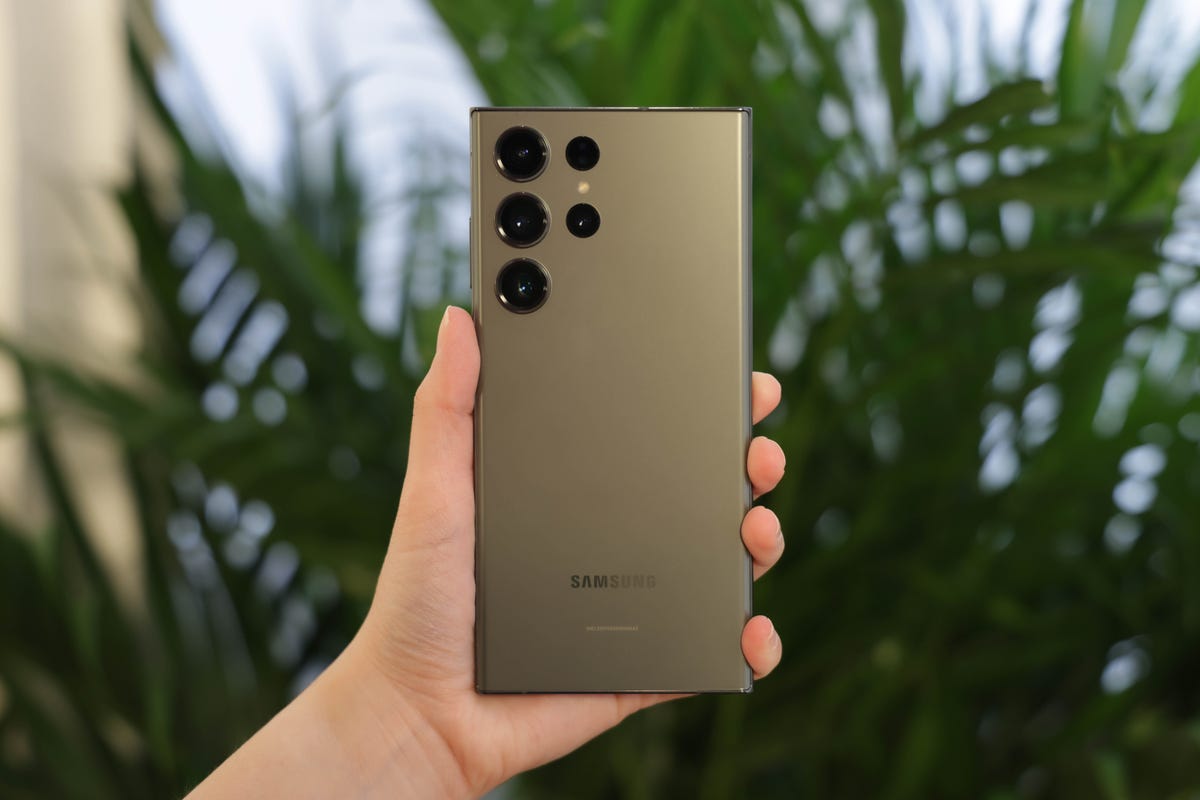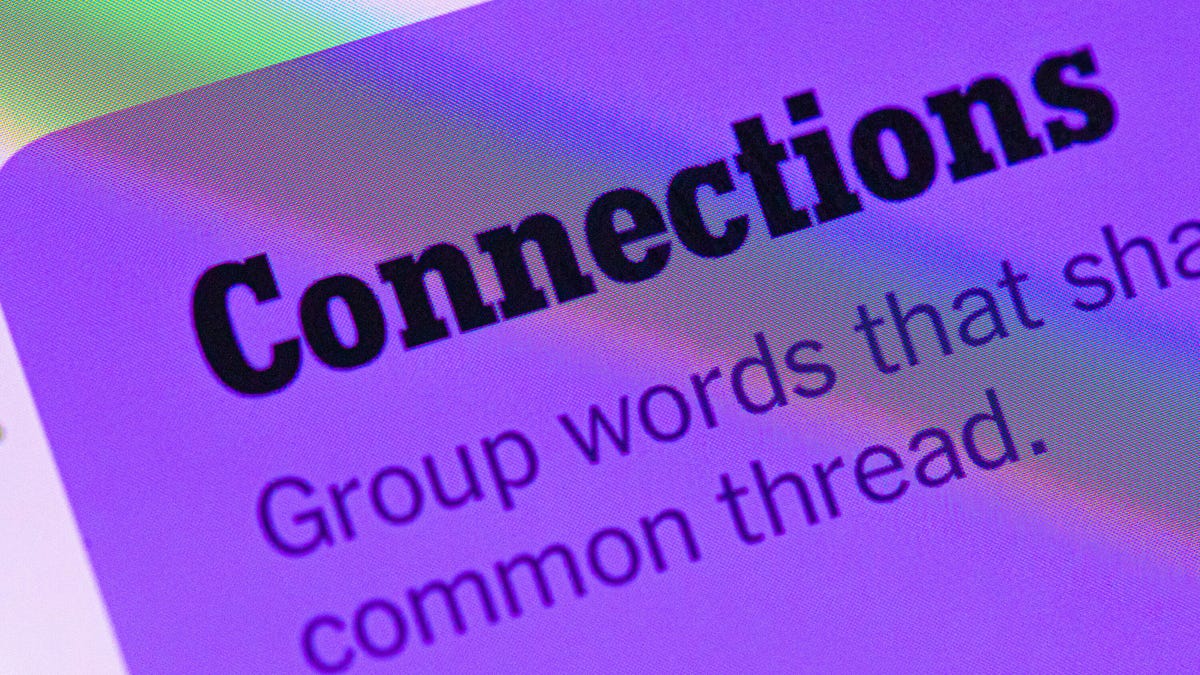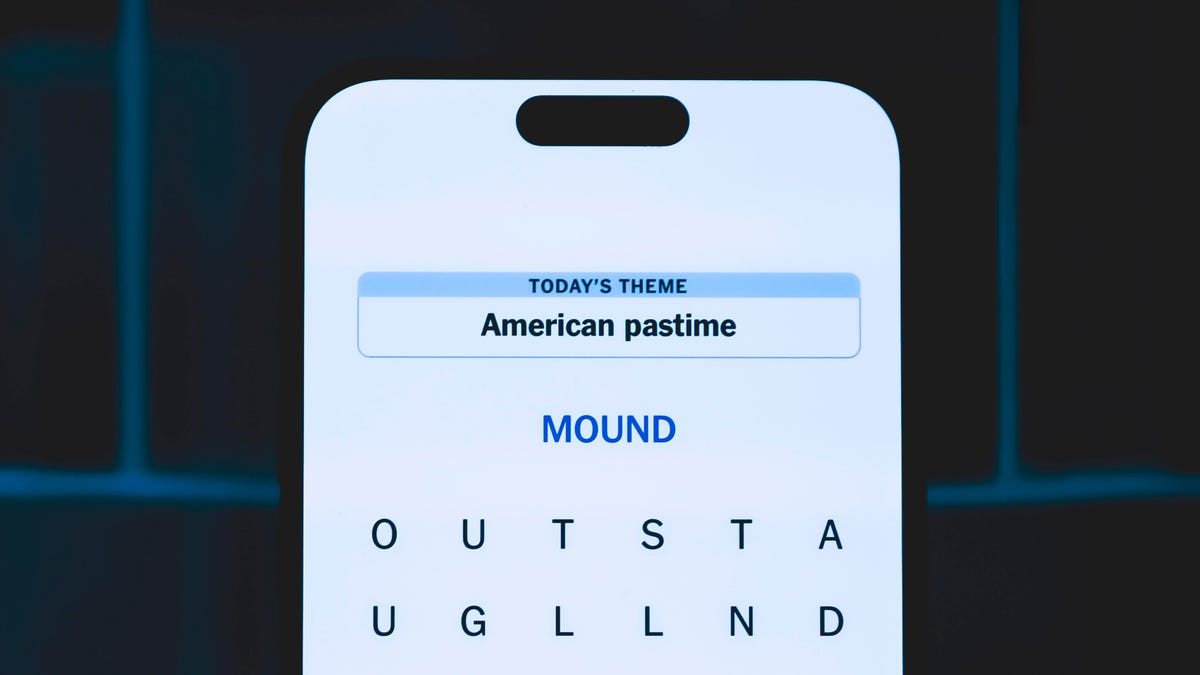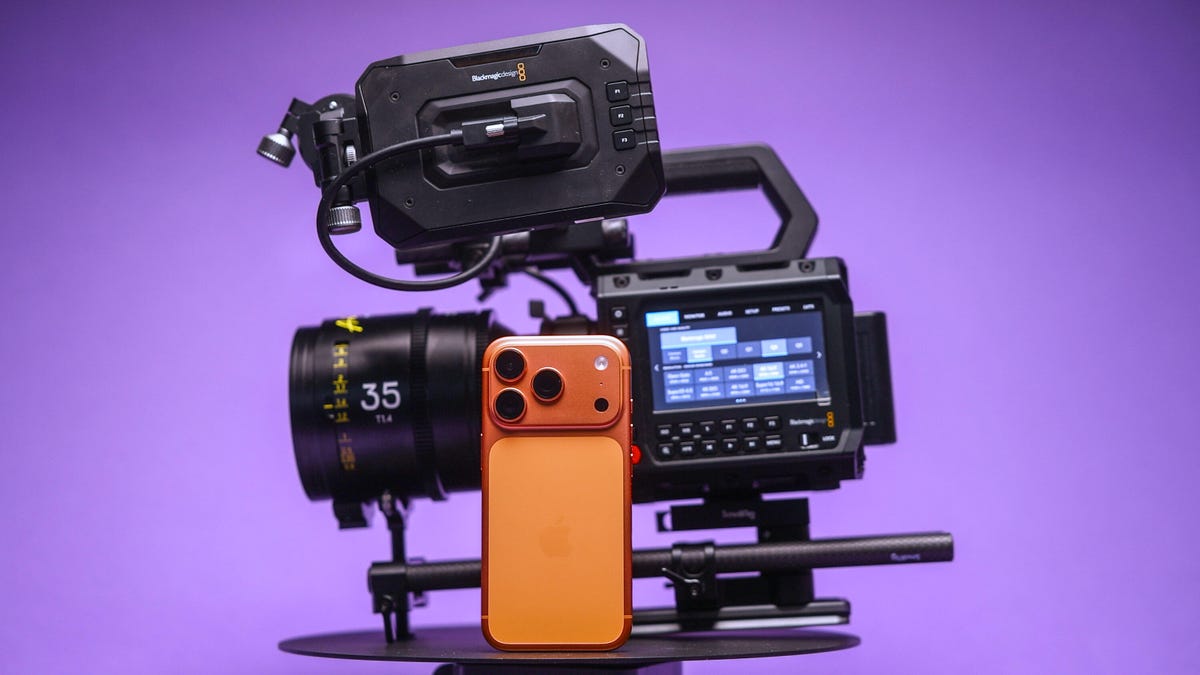Technologies
Google Pixel 8 Pro vs. iPhone 15 Pro Max, Galaxy S23 Ultra: Top-End Phones Compared
The Pixel 8 Pro brings new media-editing software tricks, but how else does it compare to the top premium smartphones?
The Pixel 8 Pro is Google’s latest top-end phone, packing a new processor, a brighter display and better cameras than its predecessor. But it faces stiff competition from two other handsets that dominate the premium smartphone market: the iPhone 15 Pro Max and the Samsung Galaxy S23 Ultra. How do they really compare?
The Pixel 8 Pro runs on the new Tensor G3 chipset, the third generation in a line of silicon Google has designed to augment its on-device AI processing. Tensor chipsets don’t seem to be quite as much of a performance powerhouse in benchmarks like Geekbench as the A17 Pro chip in the iPhone 15 Pro Max or the Snapdragon 8 Gen 2 chip in the Galaxy S23 Ultra. We’ll have to wait until we can fully test the Pixel 8 Pro to see how it performs compared with the others.
But the Tensor chipset does enable many of the Pixel family’s neat media-editing tricks, like Magic Eraser for taking elements out of photos, Audio Magic Eraser for diminishing background noise, and Best Take for combining the best bits of a burst of photos. These are the flashiest software advantages the Pixel 8 Pro holds over the competition (among others), even though Magic Eraser is technically available for other phones through the Google Photos app.

The other big advantage the Pixel 8 Pro holds is a guarantee of seven years of Android operating system and security updates. That’s far more than Samsung phones like the Galaxy S23 Ultra’s four years of OS updates and five years of security updates. And Apple is unclear about how long phones will be supported — the just-released iOS 17 update, for instance, leaves behind the iPhone 8 and iPhone X, both released in 2017, so five years of OS updates is the low-end estimate for a new iPhone.
The Pixel 8 Pro’s rear camera hardware includes a 50-megapixel main shooter, a 48-megapixel ultrawide and a 48-megapixel telephoto capable of 5x optical zoom. On paper, those cameras will likely produce sharper photos than the 12-megapixel ultrawide and 12-megapixel telephoto cameras on the iPhone 15 Pro Max, though we’ll have to test to compare it to Apple’s unique «tetraprism» technology in its zoom camera (the iPhone’s 48-megapixel main camera may be roughly comparable to the Pixel 8 Pro’s main shooter).
As far as rear cameras go, the Pixel 8 Pro might face the biggest challenge from the Galaxy S23 Ultra, which has a 200-megapixel main camera. While it has only a 12-megapixel ultrawide camera, Samsung’s top-of-the-line phone has two telephoto cameras: a 10-megapixel 3x optical zoom and a 10-megapixel 10x optical zoom, which is capable of up to 100x digital zoom. But with the phone’s starting cost of $1,200, those souped-up camera specs make sense considering the Pixel 8 Pro’s $1,000 starting price and the iPhone 15 Pro Max’s $1,100 price tag.
All three phones have pretty similar selfie cameras: the Pixel 8 Pro has a 10.5-megapixel selfie shooter, while the iPhone 15 Pro Max and the Galaxy S23 Ultra both have 12-megapixel front-facing cameras.

Regarding design, the three phones have very different looks. The Pixel 8 Pro retains its predecessor’s wide horizontal camera block spanning the width of the phone. A metallic stripe wraps around the phone’s three rear cameras, with a flash and new temperature sensor on the right side (for checking food and, pending FDA approval, your own skin). The rest of the phone’s rear cover is a matte glass, and its sides are rounded.
The iPhone 15 Pro Max has its predecessor’s flat sides and square camera block, with lenses that are larger and stick out farther than those of previous iPhones. The Galaxy S23 Ultra is the physically largest of the bunch, though its design has tended toward minimalism, with just the five cameras popping out of the undecorated back cover (i.e. no big camera block), as well as rounded sides.
The Pixel 8 Pro’s 6.7-inch OLED display (3,120×1,440 pixels) is the same size as its predecessor’s, but it’s brighter, maxing out at 2,400 nits with a 1 to 120Hz refresh rate. It has a slightly sharper resolution than the iPhone 15 Pro Max’s 6.7-inch OLED (2,796x 1,290-pixel) screen, and it’s on par with the Galaxy S23 Ultra’s 6.8-inch AMOLED (3,088×1,440-pixel) display (both Apple’s and Samsung’s phones have 120Hz adaptive refresh rates).
The phones are also pretty similar in terms of other hardware specs. The Pixel 8 Pro comes with 12GB of RAM and 128GB to 1TB of storage. Apple never specifies the amount of memory in its phones, though GSMArena says the iPhone 15 Pro Max has 8GB, and the phone comes with 256GB, 512GB or 1TB of storage. The Galaxy S23 Ultra starts with 8GB of RAM and 256GB of storage, but it can also be configured for 12GB of RAM and 256GB, 512GB or 1TB of storage. None of the three has a slot for expandable storage, so you’ll have to store your extra files in the cloud or hook up an external SSD.
Similarly, Apple doesn’t disclose battery capacity on its phones, saying only that it gets up to 29 hours of video playback (in other words, it should last all day without needing to recharge). The Pixel 8 Pro has a 5,050mAh battery, while the Galaxy S23’s battery has a capacity of 5,000mAh.
In a first for Apple, the iPhone 15 Pro Max has a USB-C port instead of its Lightning connector and has 25 watts of wired charging as well as 15 watts of wireless charging. The Pixel 8 Pro has up to 30 watts of wired charging and 23 watts of wireless, while the Galaxy S23 Ultra has the fastest speed, with 45 watts of wired charging and 15 watts of wireless.
To see how else the Pixel 8 Pro stacks up against the iPhone 15 Pro Max and the Galaxy S23 Ultra, we’ve placed each phone into this side-by-side comparison chart:
Google Pixel 8 Pro vs. iPhone 15 Pro Max vs. Samsung Galaxy S23 Ultra
| Google Pixel 8 Pro | Apple iPhone 15 Pro Max | Samsung Galaxy S23 Ultra | |
| Display size, tech, resolution, refresh rate, brightness | 6.7-inch OLED; 3,120×1,440 pixels; 1-120Hz adaptive refresh rate | 6.7-inch OLED; 2,796×1,290 pixels; 120Hz adaptive refresh rate | 6.8-inch AMOLED; 3,088×1,440 pixels; 120Hz adaptive refresh rate |
| Pixel density | 489 ppi | 460 ppi | 500 ppi |
| Dimensions (inches) | 6.4x3x0.3 inches | 6.29×3.02×0.32 inches | 6.43×3.07×0.35 inches |
| Dimensions (millimeters) | 162.6×76.5×8.8 millimeters | 159.9×76.7×8.25 millimeters | 163.3x78x8.9 millimeters |
| Weight (grams, ounces) | 213 g (7.5 oz) | 221 g (7.81 oz) | 234 g (8.25 oz) |
| Mobile software | Android 14 | iOS 17 | Android 13 |
| Camera | 50-megapixel (wide), 48-megapixel (ultrawide), 48-megapixel (telephoto) | 48-megapixel (wide), 12-megapixel (ultrawide), 12-megapixel (5x telephoto) | 200-megapixel (wide), 12-megapixel (ultrawide), 10-megapixel (3x telephoto), 10-megapixel (10x telephoto) |
| Front-facing camera | 10.5 megapixels | 12 megapixels | 12 megapixels |
| Video capture | 4K | 4K | 8K |
| Processor | Google Tensor G3 | A17 Pro | Qualcomm Snapdragon 8 Gen 2 for Galaxy |
| RAM/storage | 12GB RAM + 128GB, 256GB, 512GB, 1TB | 256GB, 512GB, 1TB (RAM undisclosed) | 8GB + 256GB; 12GB + 256GB; 12GB + 512GB; 12GB + 1TB |
| Expandable storage | None | None | |
| Battery | 5,050 mAh | Undisclosed; Apple says up to 29 hours of video playback (25 hours streamed) | 5,000 mAh |
| Fingerprint sensor | Under display | None (Face ID) | Under display |
| Connector | USB-C | USB-C | USB-C |
| Headphone jack | None | None | None |
| Special features | 5G (Sub 6 and mmWave); VPN by Google One; 7 years of OS, security and Feature Drop updates; front-facing camera has autofocus; 13W Qi wireless charging; 30W wired charging; USB-3.2 speeds via USB-C; IP68 dust and water resistance; Gorilla Glass Victus 2 on front and back | 5G (Sub6, mmWave), Action Button, Always-On display, IP68 water resistant, MagSafe, Dynamic Island, 5x optical zoom (120mm equivalent), satellite connectivity, eSIM, thread networking technology | 5G (Sub6, mmWave), IP68 water resistant, wireless PowerShare to charge other devices, integrated S Pen, 100x Space Zoom, 10x optical zoom, UWB for finding other devices, 45W wired charging |
| US price off-contract | $999 (128GB) | $1,199 (256GB) | $1,200 (256GB) |
| UK price | Converts to £825 (128GB) | £1,199 (256GB) | £1,249 (256GB) |
| Australia price | Converts to AU$1,575 (128GB) | AU$2,199 (256GB) | AU$1,949 (256GB) |
Technologies
Today’s NYT Connections Hints, Answers and Help for Dec. 14, #917
Here are some hints and the answers for the NYT Connections puzzle for Dec. 14, #917.

Looking for the most recent Connections answers? Click here for today’s Connections hints, as well as our daily answers and hints for The New York Times Mini Crossword, Wordle, Connections: Sports Edition and Strands puzzles.
Today’s NYT Connections puzzle is an odd one in that the purple category, usually the toughest, was the easiest — if you know a certain group of fictional animals. If you need help sorting them into groups, you’re in the right place. Read on for clues and today’s Connections answers.
The Times now has a Connections Bot, like the one for Wordle. Go there after you play to receive a numeric score and to have the program analyze your answers. Players who are registered with the Times Games section can now nerd out by following their progress, including the number of puzzles completed, win rate, number of times they nabbed a perfect score and their win streak.
Read more: Hints, Tips and Strategies to Help You Win at NYT Connections Every Time
Hints for today’s Connections groups
Here are four hints for the groupings in today’s Connections puzzle, ranked from the easiest yellow group to the tough (and sometimes bizarre) purple group.
Yellow group hint: Butter up.
Green group hint: Like The Little Match Girl.
Blue group hint: Letter that makes no sound.
Purple group hint: Oink!
Answers for today’s Connections groups
Yellow group: Lay it on thick.
Green group: Hans Christian Anderson figures.
Blue group: Silent «L.»
Purple group: Fictional pigs.
Read more: Wordle Cheat Sheet: Here Are the Most Popular Letters Used in English Words
What are today’s Connections answers?
The yellow words in today’s Connections
The theme is lay it on thick. The four answers are fawn, flatter, gush and praise.
The green words in today’s Connections
The theme is Hans Christian Anderson figures. The four answers are duckling, emperor, mermaid and princess.
The blue words in today’s Connections
The theme is silent «L.» The four answers are calf, chalk, colonel and would.
The purple words in today’s Connections
The theme is fictional pigs. The four answers are Babe, Napoleon, Piglet and Porky.
Don’t miss any of our unbiased tech content and lab-based reviews. Add CNET as a preferred Google source.
Technologies
Today’s NYT Strands Hints, Answers and Help for Dec. 14 #651
Here are hints and answers for the NYT Strands puzzle for Dec. 14, No. 651.

Looking for the most recent Strands answer? Click here for our daily Strands hints, as well as our daily answers and hints for The New York Times Mini Crossword, Wordle, Connections and Connections: Sports Edition puzzles.
Today’s NYT Strands puzzle may leave you wanting to make a reservation at a fancy restaurant. Some of the answers are difficult to unscramble, so if you need hints and answers, read on.
I go into depth about the rules for Strands in this story.
If you’re looking for today’s Wordle, Connections and Mini Crossword answers, you can visit CNET’s NYT puzzle hints page.
Read more: NYT Connections Turns 1: These Are the 5 Toughest Puzzles So Far
Hint for today’s Strands puzzle
Today’s Strands theme is: Pricy pairing.
If that doesn’t help you, here’s a clue: May I see the menu?
Clue words to unlock in-game hints
Your goal is to find hidden words that fit the puzzle’s theme. If you’re stuck, find any words you can. Every time you find three words of four letters or more, Strands will reveal one of the theme words. These are the words I used to get those hints but any words of four or more letters that you find will work:
- FLOP, POLL, POLLS, RARE, CARE, HARE, SURE, SPAT, SPATS, PATS, CRUST, RUST
Answers for today’s Strands puzzle
These are the answers that tie into the theme. The goal of the puzzle is to find them all, including the spangram, a theme word that reaches from one side of the puzzle to the other. When you have all of them (I originally thought there were always eight but learned that the number can vary), every letter on the board will be used. Here are the nonspangram answers:
- CRAB, RIBEYE, SHRIMP, LOBSTER, SCALLOP, SIRLOIN
Today’s Strands spangram
Today’s Strands spangram is SURFANDTURF. To find it, start with the S that’s the far-left letter on the top row, and wind down.
Don’t miss any of our unbiased tech content and lab-based reviews. Add CNET as a preferred Google source.
Technologies
Can My iPhone 17 Pro Match a 6K Cinema Camera? I Teamed Up With a Pro to Find Out
I put a video shoot together to see just how close an iPhone can get to a pro cinema setup.

The iPhone 17 Pro packs a powerful video setup with a trio of cameras, large image sensors (for a phone), ProRes raw codecs and Log color profiles for advanced editing. It makes the phone one of the most powerful and dependable video shooters among today’s smartphones.
Apple often boasts about famous directors using the iPhone to shoot films and music videos. The company even records its event videos for new products with the iPhone.
But is the iPhone really good enough at shooting video to replace a traditional cinema camera? To see how good the iPhone 17 Pro is for professional use, I gave it a proper test.
I put together a video shoot where I pitted the $1,000 iPhone against a full professional cinema camera rig, worth thousands of dollars, to see just how well Apple’s phone can hold its own. I planned a video production at my favorite coffee roaster in Edinburgh, called Santu, which is based in a stunning building that I knew would look amazing on camera.
To give both cameras the best chance, I worked with Director of Photography Cal Hallows, who has been responsible for production on major shoots around the world, working with brands including Aston Martin, the BBC, IBM and Hilton Hotels.
Here’s what happened.
Our filming equipment
We didn’t use any external lenses with the iPhone; instead, we relied on either the built-in main, ultrawide or telephoto options. I shot my footage using the BlackMagic Camera app. I had a Crucial X10 external SSD since I was recording in Apple’s ProRes raw codec, which creates large files.
I also had a variable neutral density filter to achieve a consistent shutter speed. For some shots, I used Moment’s SuperCage to help give me a better grip — and therefore smoother footage. But for other shots, I just used the phone by itself to make it easier to get into tight spaces. More on that later.
The iPhone’s competition was the $3,300 BlackMagic Pyxis 6K. It’s a professional cinema camera with a full-frame 6K resolution image sensor and raw video capabilities. I paired that with some stunning pro cine lenses, including a set of Arles Primes, the XTract Probe lens from DZO Film and a couple of choice cine primes from Sigma. It’s a formidable and pricey setup for any cinematographer.
The shoot day
We shot over the course of a single day. I’d already created a rough storyboard of the shots I wanted to get, which helped me plan my angles and lens choices. I wanted to try and replicate some angles directly with both cameras.
This shot of the store room being opened (above), for example — was a lovely scene, and I didn’t see much difference in quality between the iPhone’s video and the BlackMagic’s. This was the case with a few of the scenes we replicated. Apple’s ProRes raw codec on the iPhone provided a lot of scope for adjusting the color, allowing us to create beautiful color grades that looked every bit as striking as footage from the Blackmagic camera.
Sure, you could tell that they were different, but I couldn’t honestly say if one was better than the other.
Other shots were more difficult to replicate. I love this low-angle of the roastery owner, Washington, pulling his trolley through the scene. On the iPhone, the main lens wasn’t wide enough to capture everything we wanted but switching to the ultrawide was too much the other way and we ended up having spare gear and other people in the frame.
This made several shots a challenge to replicate as the fixed zoom ranges of the iPhone simply didn’t translate to the same fields of view offered by our lenses on the BlackMagic camera. As a result, getting the right framing for shots from the iPhone was trickier than I expected. But focal length wasn’t the only reason using «real» lenses was better.
The DZO Arles Primes are awesome cinema lenses that offer wide apertures that allowed us to shoot with gorgeous natural bokeh. We used this to our advantage on several shots where we really wanted the subject to be isolated against an out-of-focus background.
Secret weapons
That was especially the case when we used our secret weapon: the DZO Films Xtract probe lens. This bizarre-looking, long, thin lens gives both a wide-angle perspective coupled with a close focusing distance.
I loved using the probe lens for this shot, particularly where we’ve focused on exactly where Washington was using the bean grinder. I tried to replicate it on the iPhone using the close-focusing ultrawide lens and the shot looks good, but it lacks the visual sophistication that I can get from a big, professional camera. Especially because the lack of background blur makes it easier to see distracting background items stored under the counter that are otherwise «hidden» in the blur on the main camera.
But the iPhone has its own secret weapon, too. Its size. The tiny dimensions of the iPhone — even with a filter and the SSD crudely taped to it — is so small that we were able to get shots that we simply couldn’t have achieved with the big cinema camera.
In particular, this shot, where I rigged the iPhone to an arm inside the cooling machine so that it travelled around as the beans were churned. I love this shot — and a top-down view I shot of the arms turning beneath. Both angles give this incredible energy to the film and I think they are my favourite scenes of the whole production. It wasn’t easy to see the phone screen in these positions but SmallRig’s wireless iPhone monitor made it much easier to get my angles just right. Trying to rig up a large, heavy camera and lens to get the same shots was simply out of the question.
How well did the iPhone compare?
I’m really impressed with both cameras on this project, but my expert Director of Photography, Cal, had some thoughts, too.
«The thing I really found with the iPhone,» Cal explained, «was simply the creative freedom to get shots that I’d have never had time to set up. There’s only so long in a day and only so long you have access to filming locations or actors, so the fact that you can just grab your iPhone and get these shots is amazing.»
«I have used my iPhone on professional shoots before. One time in particular was when I was driving away from set and I saw this great sunset. If I’d have spent time rigging up my regular camera, I’d have missed the sunset. So I shot it on my phone and the client loved it — it ended up being the final shot of the film. At the end of the day, a good shot is a good shot and it doesn’t matter what you shot it with,» said Cal.
So was it all good for the iPhone?
«The depth of field and the overall look of the cinema lenses still come out on top — you’re just not going to get that on a phone,» explained Cal. «When it came to grading the footage, I had to use a lot of little workarounds to get the iPhones to match. The quality quickly started to fall apart in certain challenging scenes that just weren’t a problem with the BlackMagic.»
So it’s not a total win for the iPhone, but then, I never expected it to be. The iPhone was never going to replace the pro camera on this shoot, but it instead allowed us to augment our video with shots that we would otherwise never have gotten.
I love the creative angles we found using just the phone, and while Cal struggled to balance its colors as easily, the footage does fit in nicely with the rest of the video and makes it more dynamic and engaging as a result.
And that’s not to say the shots we didn’t use from it weren’t good. I’m actually impressed with how the iPhone handled most of the things we threw at it.
So don’t assume that if you want to get into filmmaking, you need to drop tens of thousands on a pro cinema camera and a set of cine primes. Your iPhone has everything you need to get started, and it’ll let you flex your creativity much more easily.
Our days of shooting, editing and grading have proven that the iPhone isn’t yet ready to be the only camera you need on a professional set. But mix its small size in with your other cameras, and then you’ve got yourself a truly powerful production setup.
-

 Technologies3 года ago
Technologies3 года agoTech Companies Need to Be Held Accountable for Security, Experts Say
-

 Technologies3 года ago
Technologies3 года agoBest Handheld Game Console in 2023
-

 Technologies3 года ago
Technologies3 года agoTighten Up Your VR Game With the Best Head Straps for Quest 2
-

 Technologies4 года ago
Technologies4 года agoBlack Friday 2021: The best deals on TVs, headphones, kitchenware, and more
-

 Technologies4 года ago
Technologies4 года agoVerum, Wickr and Threema: next generation secured messengers
-

 Technologies4 года ago
Technologies4 года agoGoogle to require vaccinations as Silicon Valley rethinks return-to-office policies
-

 Technologies4 года ago
Technologies4 года agoOlivia Harlan Dekker for Verum Messenger
-

 Technologies4 года ago
Technologies4 года agoiPhone 13 event: How to watch Apple’s big announcement tomorrow
